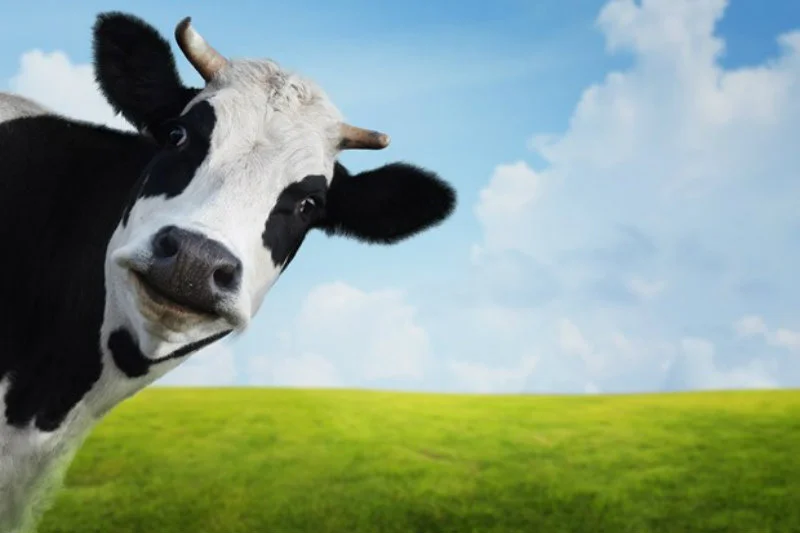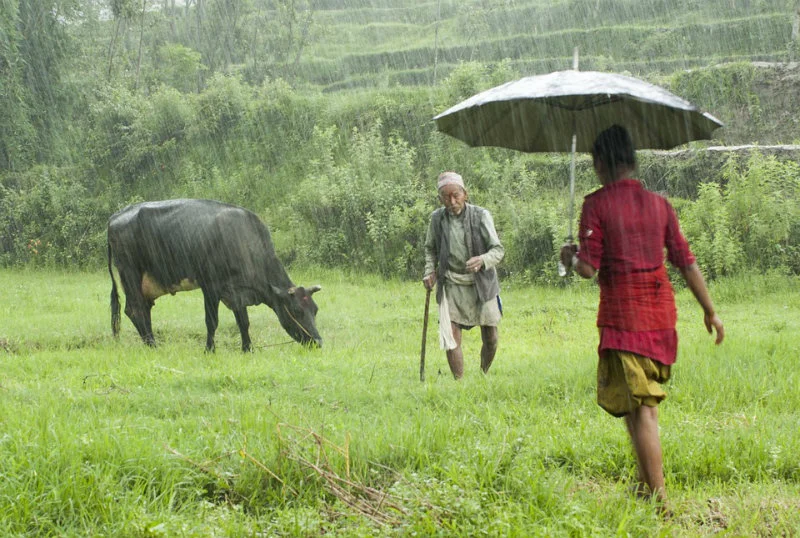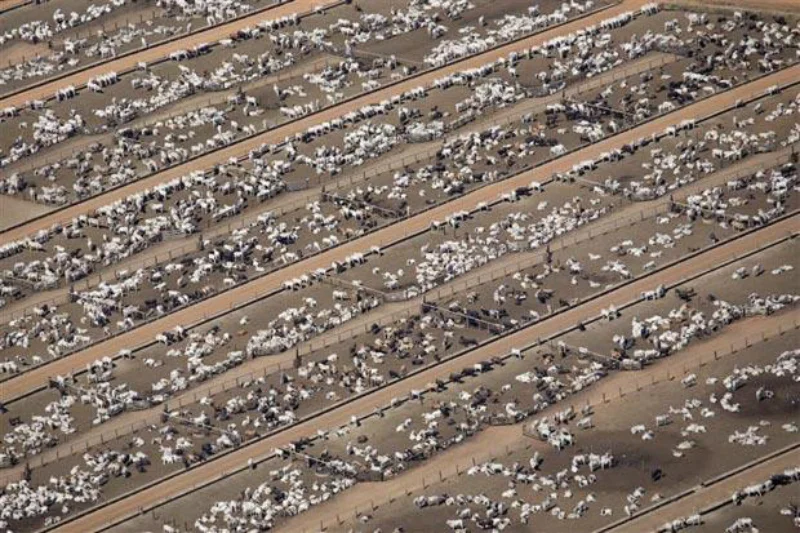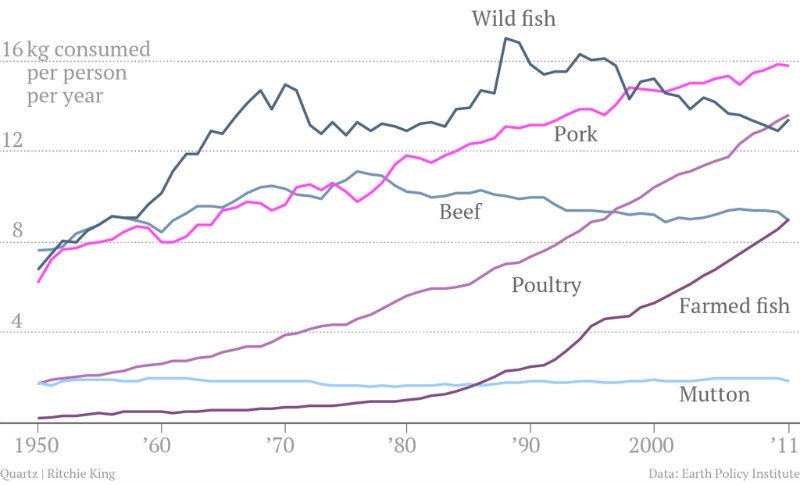Cow farts, or as others colloquially call them, bovine emissions, comprise a significant part of an existential threat to humans. That threat is known as climate change and it’s driven by a range of human activities. Raising livestock for meat is one of those activities that often goes under the radar, yet it accounts for a whopping 18% of global greenhouse gas emissions.
So here are 5 good reasons you should care about cow burps and farts, and livestock in general when it comes to the conversation on climate change:
1. Cows “emit” methane.

While cows and other livestock “emit” a variety of greenhouse gases, the most worrisome byproduct of their digestive tracts is methane.
Even though carbon dioxide is the primary culprit of climate change, methane is 84 times more powerful when it comes to trapping heat in the atmosphere. Additionally, methane emissions diffuse into the air quickly, creating a more rapid warming effect than other greenhouse gases.
2. Cow farts are so nasty they cause acid rain.

So technically, most of the emissions come from belching, not flatulence, but livestock are responsible for two-thirds of the ammonia released into the air due to human activity. Ammonia is toxic to water-dwelling animals, harmful to fertile soil, and plays an important role in transporting pollutants that cause acid rain into the atmosphere.
Talk about feeling the burn.
3. Beef is the SUV of meats when it comes to its carbon footprint.

Some people consider beef “the cadillac of meats”, but it would be more apt to compare it to a V12 Hummer with flamethrowers mounted on the sides. Beef has a larger carbon footprint per pound than any other popular meat: two times larger than lamb, six times larger than pork, and seven times larger than chicken.
According to one study, producing one kilogram (2.2 lbs.) of beef has the same effect on the environment as driving a car 155 miles.
4. More cows = less trees.

Agriculture takes up 30% of the Earth’s land surface, and livestock account for 70% of this. Naturally, the cows are the most land-intensive compared to other livestock: they are much bigger, eat more and produce more waste.
Beef production takes 28 times more land to produce than chicken or pork, and 160 times more land compared to staple crops like wheat or rice.
Unfortunately, to make more grazing land for livestock farmers usually turn to cutting down forests. In the Amazon 80% of deforestation is attributable to cattle ranching.
5. Global meat consumption is increasing rapidly.

As the global population gets richer, so do their meals. While exiting poverty is obviously a good thing, some negative consequences occur, such as increased meat consumption and production.
The world eats 7 times more animals than it did in 1950, and as the the population continues to grow animal agriculture may take up the world’s entire carbon budget (as in the amount of emissions we’re allowed to put in the atmosphere without worsening climate change) by 2050.
Some say we have already reached “Peak Meat” (yes, Peak Meat).
Lessons learned...
While rising seas and industrial smokestacks may be the first images that pop into your head when you hear the phrase “global warming,” don’t forget the cows. Just as there is no single cause of climate change, there is no single solution.
So if you’re worried about the planet we leave to future generations but are still an avid carnivore, try to go for the chicken sandwich instead of the cheeseburger next time.